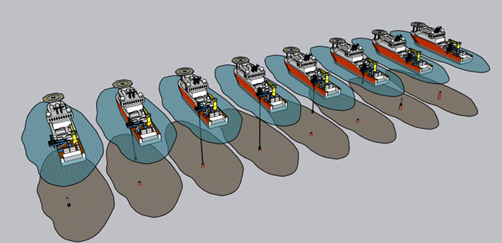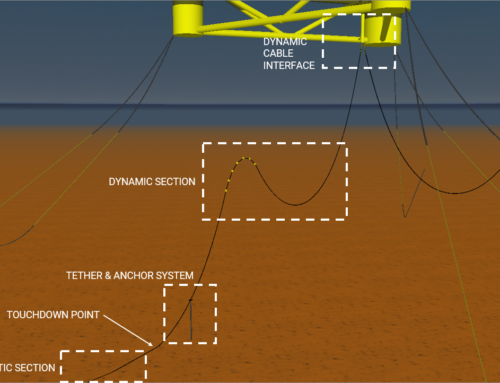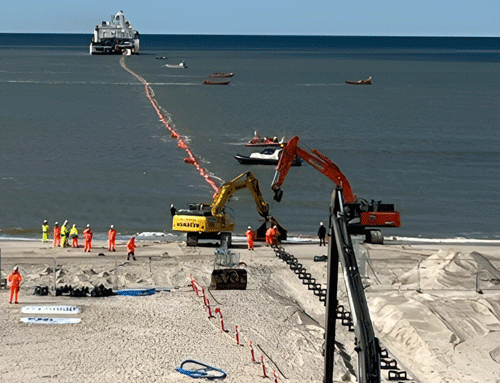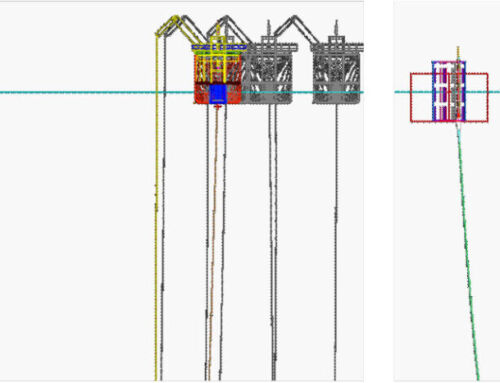The Challenge
Our client recognised the variability of soil characteristics across their proposed offshore wind site. Because of this, a more detailed understanding of the available mooring and anchor options was required, whilst considering the ability to satisfy a full field with the lowest number of anchor types and associated equipment. The resulting requirement was to develop a robust risk- and operationally-focused approach to anchoring the floating foundation using the simplest commercial and contractual T&I model.

The Challenge
Our client recognised the variability of soil characteristics across their proposed offshore wind site. Because of this, a more detailed understanding of the available mooring and anchor options was required, whilst considering the ability to satisfy a full field with the lowest number of anchor types and associated equipment. The resulting requirement was to develop a robust risk- and operationally-focused approach to anchoring the floating foundation using the simplest commercial and contractual T&I model.

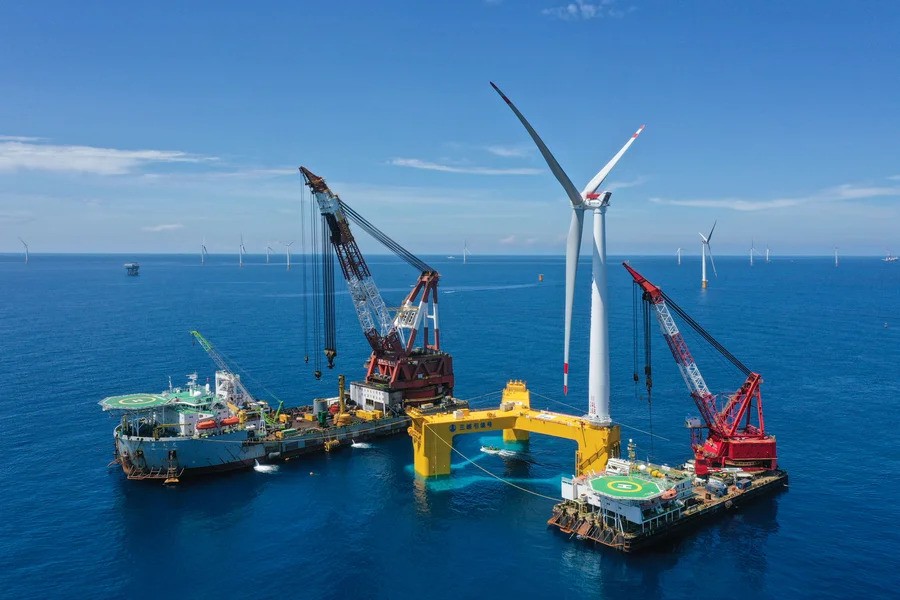
The Solution
The project adopted a multi-staged approach. It began with assessing geotechnical variability across the site to identify viable anchor designs – whether driven piles, drilled piles or bespoke anchoring solutions. This was followed by a comprehensive risk and commercial evaluation, covering anchor engineering and construction, vessel selection, installation spread and deck layout definition, offshore support services and the preparation of storyboards and operational sequencing. Wherever possible, combined installation approaches were applied, allowing deployed equipment to be utilised across multiple anchor designs and improving installation confidence at marginal locations. In parallel, a market study was undertaken to match project requirements with available vessels and assets, helping to shape the overall project timeline in terms of innovation, availability, early commitment and constructability.
The Solution
The project adopted a multi-staged approach. It began with assessing geotechnical variability across the site to identify viable anchor designs – whether driven piles, drilled piles or bespoke anchoring solutions. This was followed by a comprehensive risk and commercial evaluation, covering anchor engineering and construction, vessel selection, installation spread and deck layout definition, offshore support services and the preparation of storyboards and operational sequencing. Wherever possible, combined installation approaches were applied, allowing deployed equipment to be utilised across multiple anchor designs and improving installation confidence at marginal locations. In parallel, a market study was undertaken to match project requirements with available vessels and assets, helping to shape the overall project timeline in terms of innovation, availability, early commitment and constructability.

The Outcome
As a result of the work undertaken, our client was able to produce a detailed commercial dossier for their foundation. This allowed T&I contractors and field developers to fully understand the operational and commercial strengths of the design, its ability to be anchored using already-available proven methods, vessels and equipment and the robustness of the resulting installation. This approach optimised risk allocation and strengthened stakeholder confidence by minimising uncertainty and leveraging proven, reliable solutions.
The Outcome
As a result of the work undertaken, our client was able to produce a detailed commercial dossier for their foundation. This allowed T&I contractors and field developers to fully understand the operational and commercial strengths of the design, its ability to be anchored using already-available proven methods, vessels and equipment and the robustness of the resulting installation. This approach optimised risk allocation and strengthened stakeholder confidence by minimising uncertainty and leveraging proven, reliable solutions.

